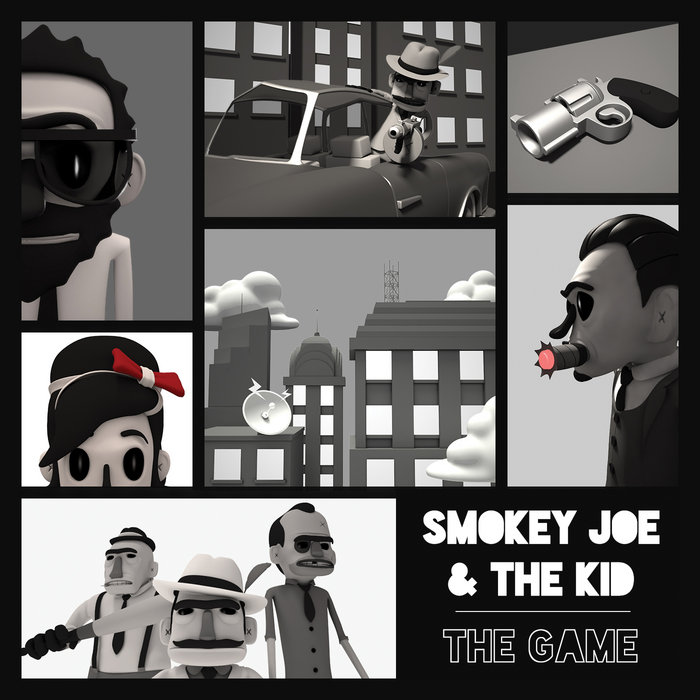
THE GAME (Ep – 2014) – Smokey Joe & The Kid
this blog is GROOVY – check out great Soul, Funk, Jazz, Hip Hop, Bass, Breaks , Reggae, House n many more TUNES
Percussion instruments, the rhythmic foundation of music, have been around for as long as humans have been making music. From the prehistoric days of banging stones together to the complex orchestral percussion sections of today, the history of percussion is a rich and diverse journey.
The earliest percussion instruments were likely simple objects like sticks, stones, and hollowed-out gourds. Early civilizations, like the ancient Egyptians and Greeks, developed sophisticated percussion instruments like drums, cymbals, and xylophones. These instruments were used in religious ceremonies, celebrations, and even warfare.
The Middle Ages saw the rise of the tambourine and the lute, which became integral parts of European music. The Renaissance brought about the development of the timpani, the first truly orchestral percussion instrument. This period also saw the rise of percussion in non-Western music, with instruments like the tabla (India), the taiko (Japan), and the bongos (Latin America) gaining popularity.
The 18th and 19th centuries saw the rise of the symphony orchestra, with percussion playing a vital role in the creation of dramatic and dynamic musical pieces. The invention of the piano in the 18th century also played a crucial role in shaping the sound of percussion, as it added new possibilities for rhythmic and melodic complexity.
The 20th century witnessed a boom in percussion innovation. New instruments like the vibraphone, marimba, and glockenspiel were developed, and the use of unconventional objects as instruments (think water bottles and garbage cans!) became increasingly popular, blurring the lines between traditional and experimental music.
From its ancient origins to its modern-day evolution, percussion has remained an integral part of music around the globe. It is the rhythmic pulse that drives music forward, the foundation upon which melodies and harmonies are built. So next time you listen to music, take a moment to appreciate the unsung heroes of the music world – the percussionists – and the power of rhythm to move us.

THE GAME (Ep – 2014) – Smokey Joe & The Kid